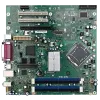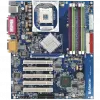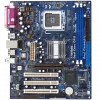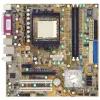SATA 1.0, short for Serial Advanced Technology Attachment 1.0, is the first generation of the SATA interface standard for connecting storage devices like hard drives and SSDs to motherboards and host controllers. It was introduced in 2003 as an improvement over the older Parallel ATA (PATA) interface.
Key characteristics of SATA 1.0 include:
-
Speed: SATA 1.0 introduced a maximum data transfer rate of 1.5 gigabits per second (Gbps), equivalent to approximately 150 megabytes per second (MBps). This was a significant improvement over PATA's speed limitations.
-
Cable and Connector: SATA 1.0 used a thinner and more flexible cable with a smaller connector compared to the wider and bulkier ribbon cables used by PATA. This design allowed for better airflow and cable management inside computer cases.
-
Compatibility: SATA 1.0 was designed to be backward compatible with PATA drives, simplifying the transition for users upgrading their storage devices.
While SATA 1.0 was a significant improvement over PATA, subsequent generations of SATA have been introduced, offering faster data transfer speeds and additional features. SATA 1.0 is now considered outdated, and modern systems typically use SATA 3.0 (SATA III) or SATA 3.2 (SATA Express) for higher performance and capabilities.



